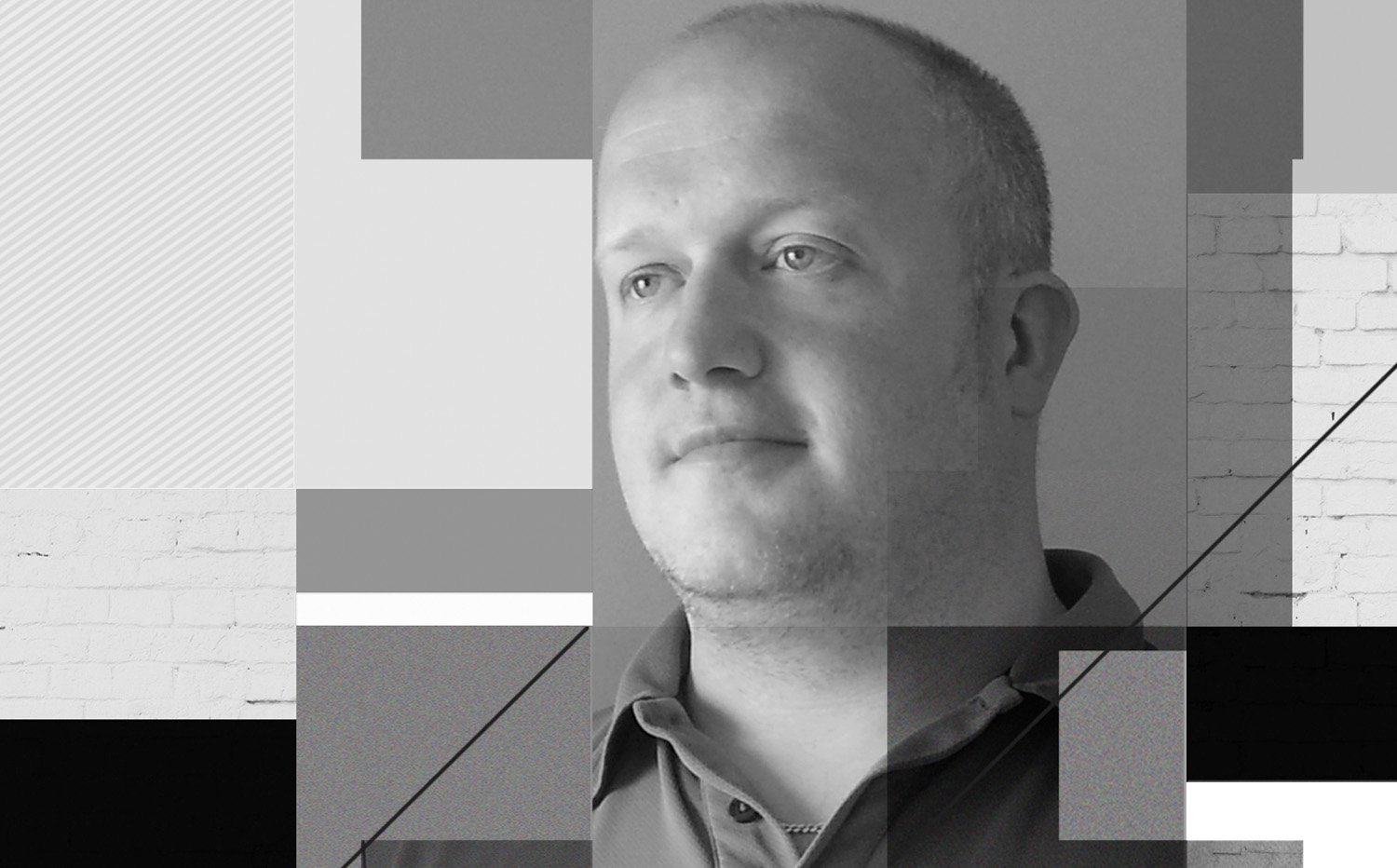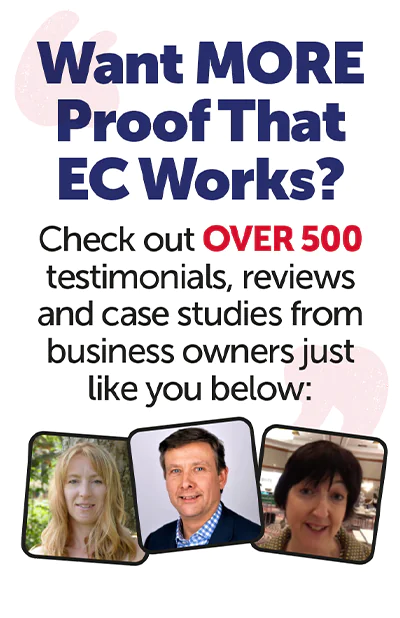
There was a time when Carl Firmstone was arriving at his office early and leaving late – a familiar story for all business owners. However, Carl decided that something needed to change. His business, Stator Electrical Solutions, was doing okay – Carl had enough work to keep busy and everything was ticking along.
Then Carl joined the EC and his attitude towards his role as a business owner began to change. “I made a conscious decision to spend less time working on site and to become more involved in the marketing,” he tells us.
Carl worked hard viewing the business from the outside in order to get a feel for how the business was perceived by customers and prospects. It contributed to a steady and methodical implementation of the marketing pillars that Carl had dabbled in previously.
Before diving into new projects, or re-starting older ones, Carl decided to get to grips with the numbers of his business, and gained a clearer understanding of the financial side of things.
“I encouraged my accountant to be much more proactive and forthcoming in terms of pointing out where the business could grow,” Carl says.“I also made it clear that I was looking to pour money back into marketing, rather than take a bigger profit.”
As a result, Carl had a much clearer picture of what was working and what wasn’t and this helped to shape his marketing plan. “A great example of this was that I’d been paying for a contract for 18 months, but when I actually looked at the numbers, I realised that I wasn’t even breaking even on it. I quickly ended it so that I could invest that money into something else,” Carl tells us.
First on Carl’s marketing list was to send out more emails. Despite signing up to an email marketing tool and writing a year’s worth of emails , Carl never actually hit the button and got them out there.
“I rarely used to ask customers for their email address,” Carl says. “We’d made the assumption that, as many of our customers were from an older generation, they wouldn’t be using email and so there was no point in even asking.”
That’s all changed. Now, Carl has a contact database simply because he asks for his customer’s details. Sending emails to remind people of his business has led to an increase in the amount of past customers looking to work with Carl again.
“We’re also getting testimonials simply because we’re asking for them, as well as referrals. I’m really surprised at the results” says Carl. “Because I’ve realised how important it is to get in touch with past customers regularly, I’m now looking into setting up a newsletter, as well as focusing on a follow up process, as I know that this is an area in which we could improve.”
Once Carl had made email campaigns work for him, he moved on to AdWords. “I opened an AdWords account and had a play around with it but was under the impression that the results you got were a direct result of how much you spent,” Carl tells us “but I decided to give AdWords a real go.”
He quickly understood the importance of relevance with AdWords and so decided to set up two websites for the business; a B2B site and a B2C site, so that prospects who clicked through would land on a site most relevant to them. Carl also set up different landing pages for different geographical areas.
“I’m now rarely on site,” Carl says. “ I’m either working on the marketing, or out visiting clients. I’ve changed my habits to fit in my 90 minutes every day, and now I never listen to the radio in the car – it’s always the Botcast. I use time as productively as possible.”
Because of the changes he has made, Carl’s turnover increased by 150% and the team has doubled in size. “It’s enabled us to do more marketing and I now also feel more confident accepting larger contracts,” he says.
“ I used to get into the office early and leave late because I had to; When I do it now it’s because I want to and because I enjoying marketing the business”.


